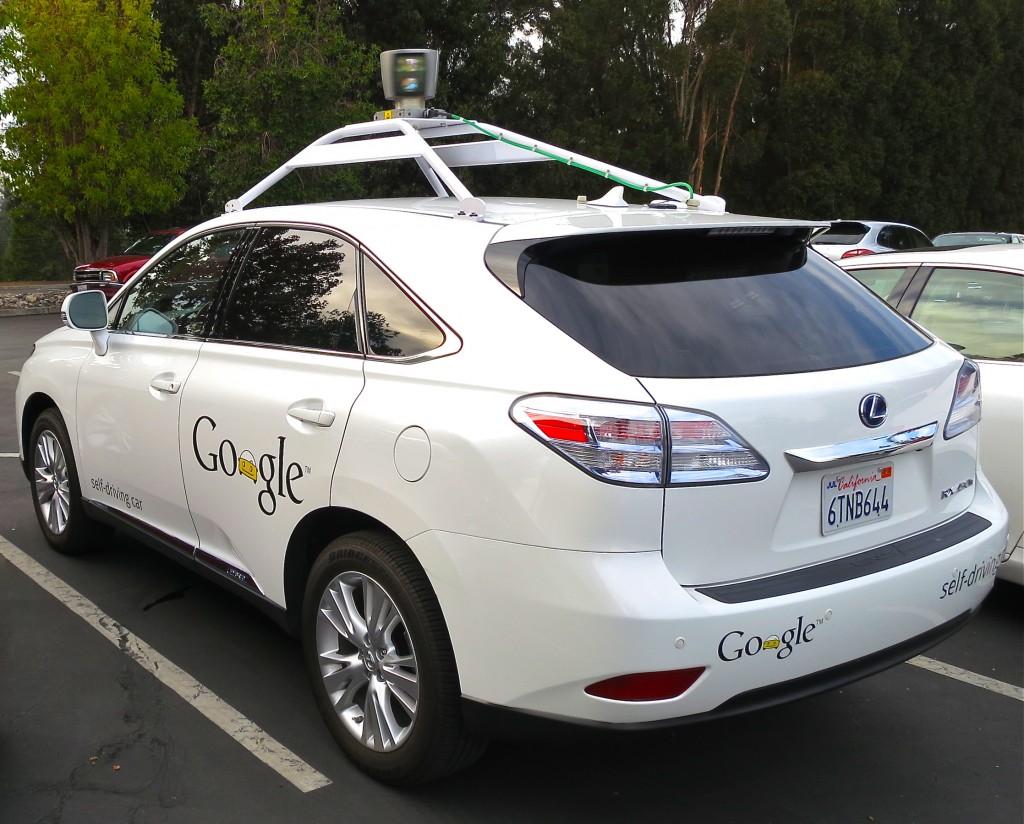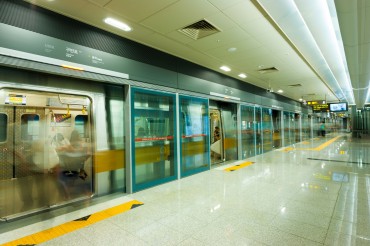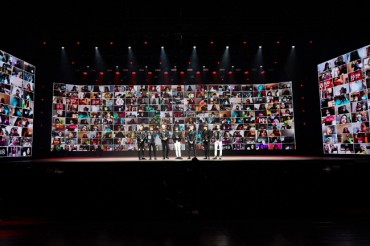
Previously, the total power output of antennas featured in smart cars was limited to 10mW regardless of the number, which meant the same rule applied to cars with ten antennas and cars with only one. (Image: Wikimedia Commons)
SEOUL, March 30 (Korea Bizwire) – The Ministry of Science, ICT and Future Planning (MISP) announced yesterday that it will ease the regulations on the maximum electric output of self-driving car antennas to encourage the development of sensors for smart cars.
The new deregulation will loosen the restrictions currently placed on the electrical consumption of antennas that assist automobile collision avoidance systems, which are designed to prevent accidents and reduce the severity of collisions by using visual sensors such as radar or cameras.
Previously, the total power output of antennas featured in smart cars was limited to 10mW regardless of the number, which meant the same rule applied to cars with ten antennas and cars with only one.
Under the amended regulations however, the 10mW limit applies to each antenna.
“More antennas offer better visibility, yet there could be a problem of electromagnetic interference (EMI). However, we solved this problem by adding a new rule that would require smart cars to be equipped with EMI avoidance devices,” an official from the MISP said.
Research on autonomous vehicle technology is booming, but the tough restrictions on antenna power output have been slammed by the industry for being arbitrary and holding back the development of self-driving car sensors.
The new amended regulations will take effect tomorrow.
M.H.Lee (mhlee@koreabizwire.com)






